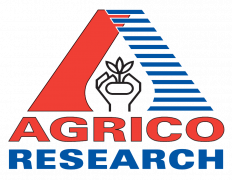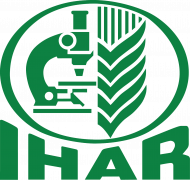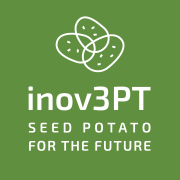Abstract
Potato (Solanum tuberosum L.) is an important crop in Uganda but production is low. There is not a well-functioning official seed system and farmers use potato tubers from a previous harvest as seed. This study investigated how effectively the seed technology positive selection enhanced yield and underlying crop characteristics across multiple seasons, compared to the farmers’ selection method. Positive selection is selecting healthy plants during crop growth for harvesting seed potato tubers to be planted in the next season. Farmers’ selection involves selection of seed tubers from the bulk of the ware potato harvest. Positive selection was compared to farmers’ seed selection for up to three seasons in three field trials in different locations in southwestern Uganda using seed lots from different origins. Across all experiments, seasons and seed lots, yields were higher under positive selection than under farmers’ selection. The average yield increase resulting from positive selection was 12%, but yield increases were variable, ranging from − 5.7% to + 36.9%, and in the individual experiments often not significant. These yield increases were due to higher yields per plant, and mostly higher weights per tuber, whereas the numbers of tubers per plant were not significantly different. Experimentation and yield assessment were hampered by a varying number of plants that could not be harvested because plants had to be rogued from the experimental plots because of bacterial wilt (more frequent under farmers’ selection than under positive selection), plants disappeared from the experimental field and sometimes plants did not emerge. Nevertheless, adoption of positive selection should be encouraged due to a higher production and less virus infection of seed tubers in positive selected plants, resulting in a lower degeneration rate of potato seed tubers.















